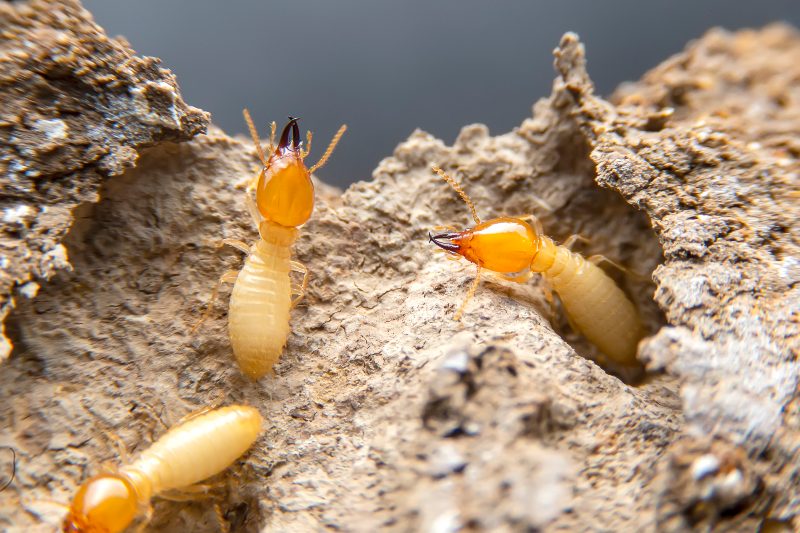The History and Evolution of Termite Control Methods

Termites have been a problem for people for centuries, causing damage to homes, buildings, and crops. Known as “silent destroyers,” they feed on wood and other materials made of cellulose, often going unnoticed until the damage is extensive. Protecting structures and resources from termites has always been important, and the methods for doing so have come a long way. From ancient practices to modern, eco-friendly solutions, the story of termite control is one of innovation and progress.
Early Termite Control Practices
Long before modern science, people used traditional techniques to combat termites. Fire and heat were common methods to destroy infested wood or termite nests. In some cases, physical barriers like trenches or water-filled moats were used to keep termites away from buildings. These approaches were creative for their time, even if they were often only temporary fixes.
Natural repellents also played a role in early termite control. For instance, plant-based remedies, such as neem and eucalyptus oils, were used to drive termites away with their strong odors. Despite these efforts, the methods had clear limitations. People didn’t fully understand how termites lived and operated, which made it difficult to create effective, long-term solutions. These evolutionary trends in pest control reflect the ingenuity of early societies trying to protect what they built.
Emergence of Termite Control
The historical evolution of termite management took a significant step forward in the early 20th century with the development of different products. Arsenic-based compounds were among the first widely used solutions, offering a powerful, albeit risky, way to kill termites. By the mid-20th century, products like chlordane and DDT became popular for creating protective barriers around buildings or for fumigating severe infestations.
While effective, these advancements came with serious downsides. Many of these pesticides were highly toxic, not just to termites but to people, animals, and the environment. Over time, regulatory bans and restrictions pushed researchers to look for safer alternatives. This marked a turning point in the pest management timeline, as more sustainable and targeted methods began to emerge.
Modern Termite Control Innovations
In recent decades, termite control has shifted toward safer and more effective methods. Modern materials like fipronil and imidacloprid work slowly, allowing termites to spread the toxic substances to their colonies. This ensures broader and more lasting results with less risk to the environment.
Preventative strategies have also improved, with treated wood and pre-construction soil treatments now standard practices in many areas. Integrated pest management techniques focus on combining these methods for the best results with minimal environmental impact.
The Future of Termite Control
The evolution of termite control reflects humanity’s innovative spirit, from ancient methods to cutting-edge technology. As these advancements continue to transform the industry, MightyMite Termite remains at the forefront, offering eco-friendly and effective solutions tailored to your needs. With over a decade of experience serving the California Bay Area and beyond, we are dedicated to combining knowledge, innovation, and sustainability to protect your home and the environment. Stay ahead of the curve—contact MightyMite Termite today for a free inspection and expert advice on the most advanced and responsible termite control methods available.







